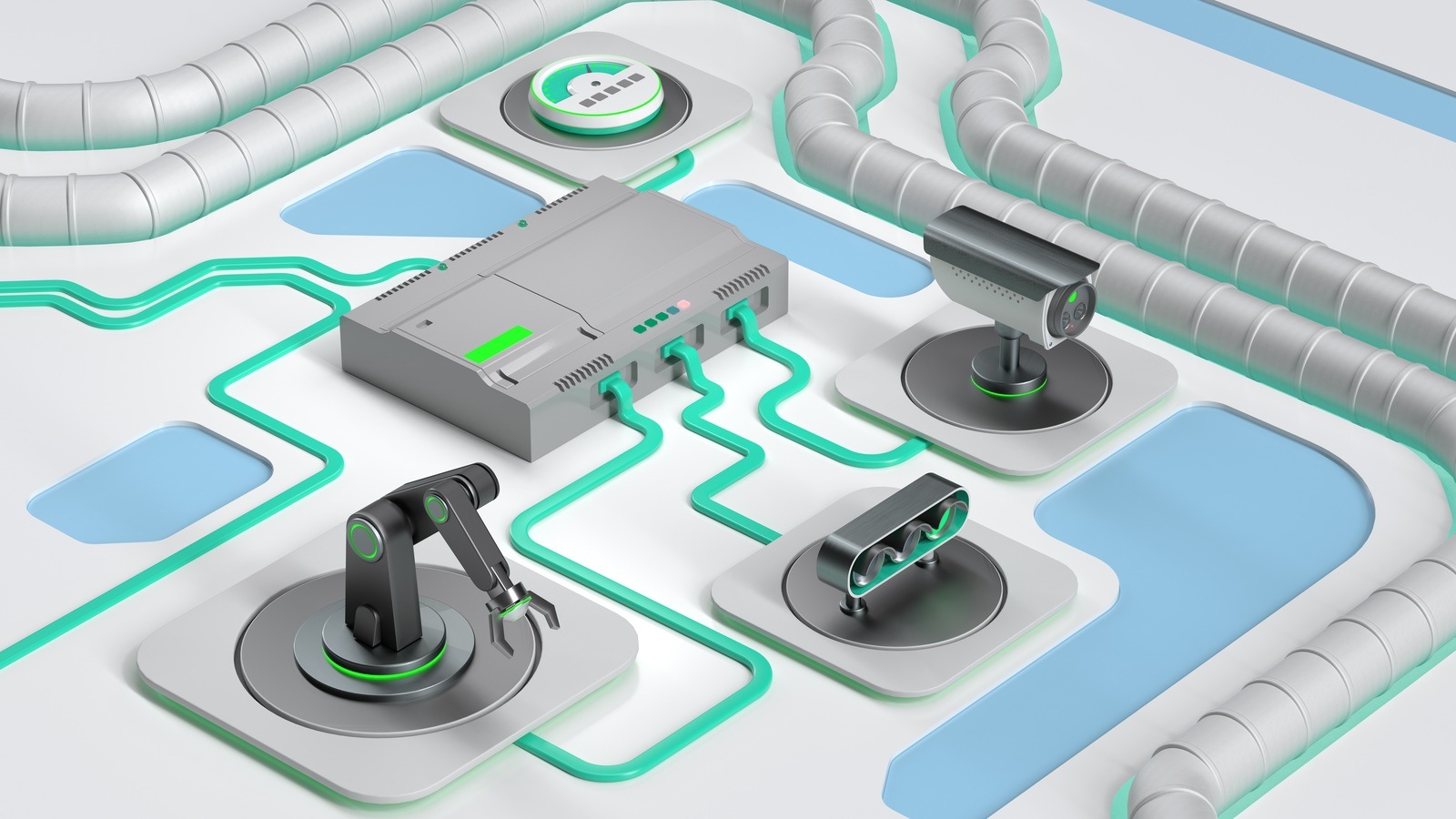Implementing IoT offers numerous potential benefits across various industries and domains. However, it also presents certain challenges that need to be addressed. Let’s explore the potential benefits and challenges of implementing IoT:
Benefits of Implementing IoT:
- Improved Efficiency and Productivity: IoT enables automation, real-time monitoring, and data-driven decision-making, leading to enhanced operational efficiency and productivity. It streamlines processes, reduces manual intervention, optimizes resource utilization, and minimizes downtime.
- Cost Savings: IoT implementation can result in cost savings through improved asset management, predictive maintenance, and energy optimization. By monitoring and maintaining assets proactively, organizations can reduce maintenance costs, extend equipment lifespan, and minimize unexpected failures.
- Enhanced Customer Experiences: IoT enables personalized and contextually relevant experiences for customers. It allows businesses to offer customized products, services, and recommendations based on individual preferences, behavior, and real-time data. This leads to increased customer satisfaction and loyalty.
- Data-Driven Insights: IoT generates vast amounts of data that can be analyzed to gain valuable insights. By leveraging advanced analytics, machine learning, and AI, organizations can extract actionable insights from IoT data. These insights help in identifying trends, patterns, and opportunities for optimization and innovation.
- Remote Monitoring and Control: IoT enables remote monitoring and control of devices and systems. This is especially beneficial in industries such as healthcare, manufacturing, and logistics, where real-time monitoring of critical parameters, equipment, or environmental conditions is essential. Remote access and control allow for timely interventions and improved safety.
- Improved Safety and Security: IoT can enhance safety and security by monitoring and detecting anomalies, predicting risks, and enabling quick responses. It can enable surveillance, access control, and emergency response systems, making environments safer for individuals and assets.
Challenges of Implementing IoT:
- Security and Privacy Concerns: IoT introduces new security and privacy challenges. The interconnected nature of devices increases the attack surface, making IoT systems attractive targets for cyber threats. Ensuring robust security measures, data encryption, access controls, and privacy safeguards is crucial.
- Interoperability and Compatibility: IoT involves diverse devices, platforms, protocols, and technologies. Ensuring seamless interoperability and compatibility between different IoT components can be challenging. Standards, protocols, and technologies must align to enable smooth integration and communication.
- Scalability and Complexity: IoT implementations often involve a large number of devices, generating massive data volumes. Scaling the infrastructure, managing data storage, and processing capabilities can be complex. Organizations must plan for scalability, network bandwidth, and storage requirements.
- Data Management and Analytics: Handling and analyzing vast amounts of IoT data can be challenging. Organizations need robust data management strategies, including data collection, storage, processing, and analysis. Implementing efficient data analytics techniques to extract meaningful insights is crucial.
- Infrastructure and Connectivity: IoT relies on a robust network infrastructure and reliable connectivity. Organizations must ensure stable connectivity, especially in remote or challenging environments. Adequate network bandwidth, low latency, and reliable communication channels are essential for seamless IoT operations.
- Regulatory and Legal Considerations: Implementing IoT requires compliance with various regulations and legal frameworks, especially regarding data privacy, security, and consumer protection. Organizations must stay updated with relevant laws and ensure compliance to avoid legal implications.
- Skill Gaps and Training: IoT implementation demands expertise in areas such as device management, data analytics, cybersecurity, and system integration. Organizations may face skill gaps and require training or hiring professionals with IoT-specific knowledge and skills.
By addressing these challenges and leveraging the benefits, organizations can unlock the full potential of IoT to transform their operations, improve efficiency, and deliver innovative services. It is important to approach IoT implementation strategically, considering the unique requirements and context of each organization.
SHARE
